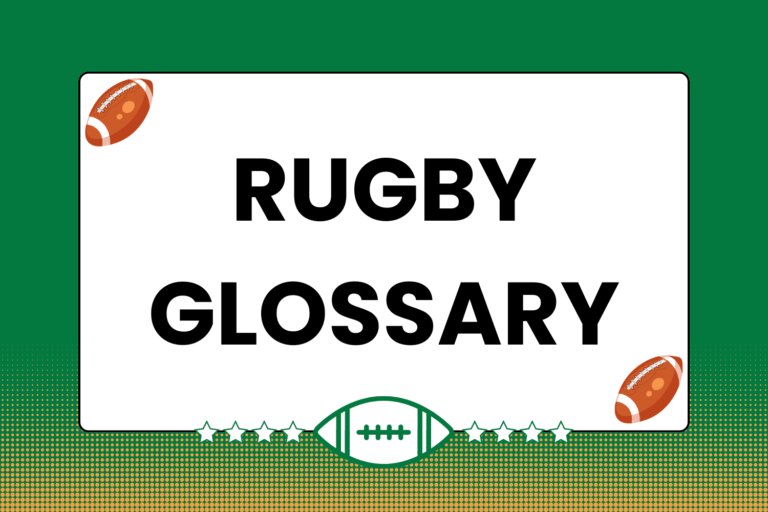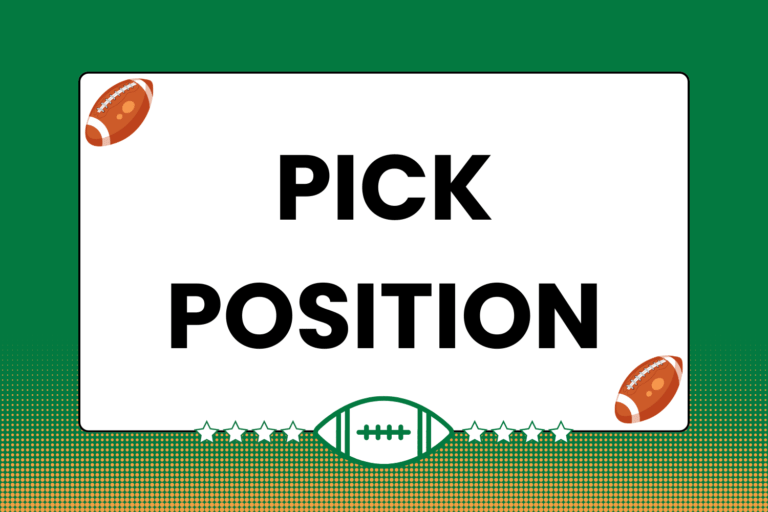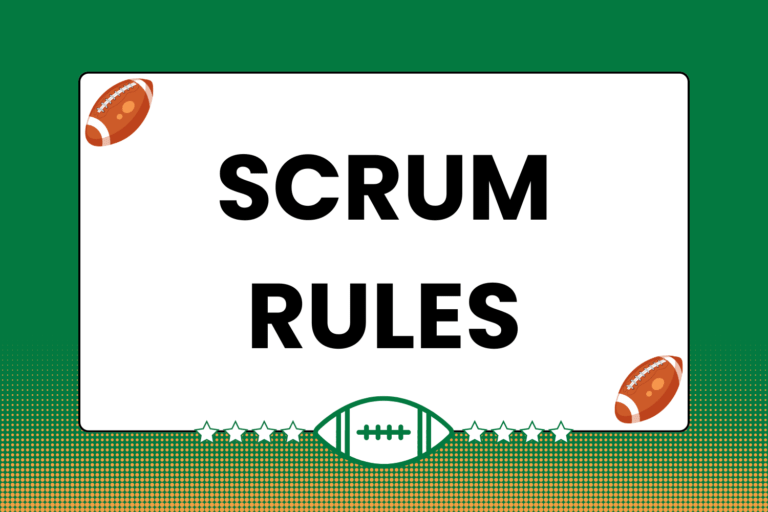Much like playing a game of rugby, there are only two necessities for a training session: Players and a ball. However, including various types of training equipment ensures that players get the most out of their practices. This guide features an overview of some of the more common pieces of training equipment, and explains how they can improve the quality of a training session.
Field Equipment
The requirements of the training grounds are very basic: A mostly flat area, preferably covered in grass. However, there are additional pieces of equipment that can be included in training exercises. Such equipment increases the productivity of a training session. Here are a few examples:
- Marker cones: Plastic cones are extremely handy, and come in a variety of shapes, sizes, and colors. They are most frequently used for creating boundaries and sectioning off specific parts of the field, usually to indicate the area where a drill takes place. They should be made of a soft, flimsy plastic, in case a player falls on top of a cone.
- Grid poles: Grid poles are thin pieces of plastic that can be stuck directly into the ground to create a boundary. They can also be used to set up a specific running path, which is common for certain drills.
The following two pieces are ordinarily used in games rather than training sessions, but they should still be used in practice if available.
- Goal post extensions: Depending on where the training sessions take place, it may be necessary to either make or extend the upright posts. There are a variety of extensions to choose from: Some attach to the top of a soccer goal, while others attach to football uprights.
- Goal post pad(s): Regardless of the number of posts used to support the uprights, they are made of metal and can cause serious injury if a player runs into them. To decrease the possibility of an injury, you can purchase pads that wrap around the bottom six feet of the posts. These six-foot pads are made of high-density foam designed to absorb a player’s impact while keeping them from crashing into the pole.
Though these types of equipment are relatively basic, having easy access to them creates more opportunities to train. Players have a better chance of improving with the right equipment.
Contact Equipment
It’s a well-known fact that rugby is a high-contact, physical game. Knowing how to properly tackle and make contact with opposing players are vital skills, and need to be practiced during training sessions. However, contact drills have inherent risks: The more often a player is in a contact situation, the more likely he will be injured.
Fortunately, there are several types of high-density foam pads that are specifically made for contact-heavy drills. Using these pads greatly reduces the force of hits, but still allows for a high level of contact.
- Contact shields: Very similar to the shields used by knights in battle, contact shields are pads roughly the size and shape of the upper body. Handles are attached to the back of the shields, and the player holds the shield in between their body and an approaching player. Shields come in a variety of shapes; some are designed specifically for rucking and mauling drills, while others are larger and cover more of the body area.
- Contact suits: Certain drills require more protection, so players wear protective suits filled with thin pieces of foam (the same material as the shield). These suits vary in style and degree of protection: Some are simple vests that cover the torso and shoulders, while others have pads that hang down from the chest to protect the top of the legs.
- Tackle bags: Tackle bags are primarily used for one specific reason: To improve tackling. These bags are usually around five feet high and two feet in diameter. Instead of having one player stand still and get tackled like a crash dummy, tackle bags allow players to safely practice full-speed tackles without having to worry about injury.
Each piece of equipment listed here comes in many shapes and sizes, but their purpose is the same: Keep players safe while practicing high-contact drills. The risk of injury is still present in these drills, but it’s much better to use contact-based equipment when it’s available.
Work Smarter, Not Harder
The purpose of including supplemental equipment into a training session goes beyond appearances and aesthetics. When used properly, such equipment can open up many new situation-specific training exercises that wouldn’t be otherwise available. The more training options a team has at its disposal, the easier it will be for players to improve.





